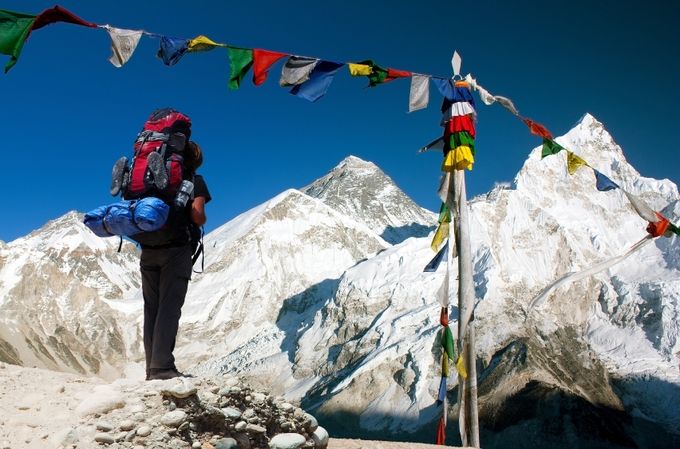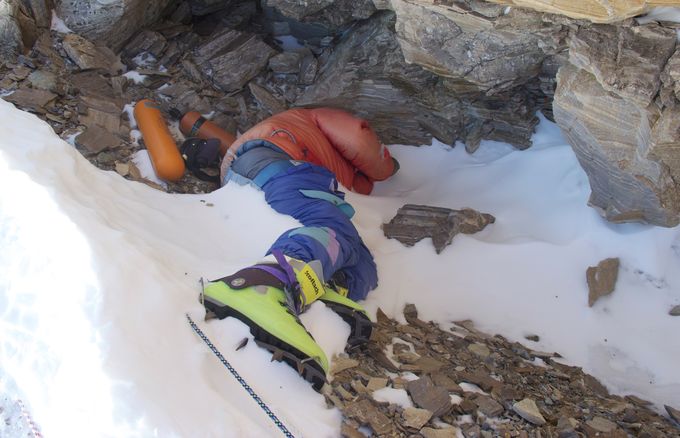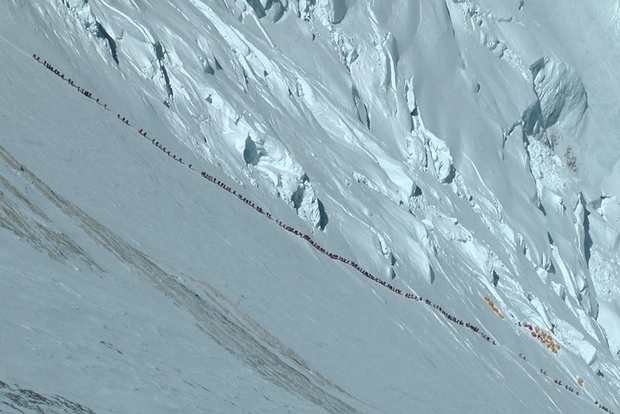
Nepalese authorities have announced that they will introduce new rules to ban inexperienced climbers from Mount Everest in an attempt to improve safety and reduce the death toll on the world’s highest mountain.
The announcement comes hot on the heels of the Hollywood blockbusterEverest, which has brought renewed attention to the controversial issue of amateurs attempting the 8,848m peak. In the movie Jake Gyllenhaal, Jason Clarke, Keira Knightley and others re-enact the 1996 disaster that cost eight lives.
“We cannot let everyone go on Everest and die”
“We cannot let everyone go on Everest and die,” Nepal’s tourism minister Kripasur Sherpa told The Guardian. “If they are not physically and mentally fit it will be like a legal suicide.”
The new restrictions mean that permits will only be issued to climbers who can prove they’ve previously summited a peak of over 6,500m
Permits will also be denied to some disabled and visually impaired climbers, the minister said, explaining: “Disabled or visually impaired people usually need someone to carry them, which is not an adventure. Only those who can go on their own will be given permission.”

The new rules, while they might sound strict, make a lot of sense.
Climbing Everest is not considered technically difficult. It’s expensive, but with the right guides and support structures any fit individual can reasonably hope to make it to the top, even if they lack serious climbing experience.
Over the past 25 years this has meant greater and greater numbers of rich amateur climbers flocking to the mountain and all too often putting themselves and others in danger.

Where’s the danger if the climb isn’t technically challenging? Well, it’s the extreme height. The air is so thin that even with supplementary oxygen, every minute a climber spends in the “death zone” above 7,900 metres their body is effectively dying.
“Could more climbers have survived in 1996 if their guides had been stricter about turning them back before the storm hit?”
If anyone can’t make it and needs to be rescued the risks – to themselves and to their fellow climbers – are huge.
With around 600 permits currently issued a year, overcrowding is also a problem. In 2012 alpiniste Ralf Dujmovits famously photographed a “human snake”, of around 600 climbers queuing to get to the top.
Any delays so high on the mountain can prove deadly if weather conditions change suddenly – as they did with tragic effect in 1996.

Like the best-selling books on which it is based, Everest the movie examines the accusation that commercial concerns trumped safety during the fateful incident. Could more climbers have survived if their guides had been stricter about turning them back before the storm hit?
The vast sums of money western clients are willing to pay to reach the top has caused controversy in the years since too. The sales of permits and the jobs created by the multi-million dollar Everest climbing industry provide vital income for Nepalese locals. But there’s a suspicion that the desire to maximise profits by both local and western climbing operations has contributed to several deaths.
The new restrictions wouldn’t directly have saved lives in the two most recent Everest disasters – the 2015 earthquake that killed 22 people and the 2014 avalanche that claimed the lives of 16 sherpas – but the hope is that a less crowded mountain will mean a safer mountain for all.
You may also like:
The Gruesome Truth About The Climbers Who Die on Mount Everest